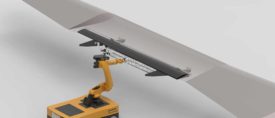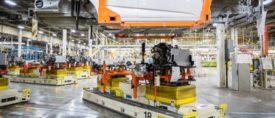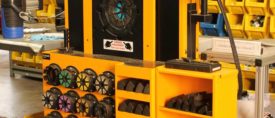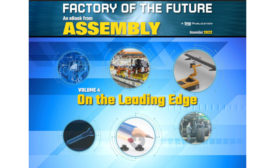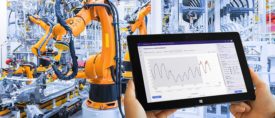ASSEMBLY: Factory of the Future
ARTICLES
Researchers have developed a single end-of-arm tool that can simultaneously hold a part in place and install it at the same time.
Read More
Autonomous Mobile Manipulators for Aerospace Assembly
A new approach for assembling composite aerostructures uses autonomous mobile robots and lightweight assembly jigs that compensate for deformation.
November 29, 2022
Conveyor-Less Micro Factories for Urban Car Production
Automakers don’t need conveyors to transport vehicles on assembly lines - the vehicles can move themselves.
November 28, 2022
Smart Factories: Here and Now
Highly automated smart factories are no longer a pie in the sky concept.
November 23, 2022
Cybersecurity for the Factory of the Future
Large and small manufacturers are increasingly vulnerable to cyberattacks.
August 26, 2022
Connectivity for the Factory of the Future
How can a manufacturer ensure its IIoT assembly lines are properly connected? Use control- and field-level automation equipment with interfaces that meet the latest communication standards.
August 23, 2022
Computer Hardware for Industry 4.0
New types of hardware will be needed to collect, route, process and display manufacturing data.
August 18, 2022
Never miss the latest news and trends driving the manufacturing industry
Stay in the know on the latest assembly trends.
JOIN TODAY!Copyright ©2024. All Rights Reserved BNP Media.
Design, CMS, Hosting & Web Development :: ePublishing

